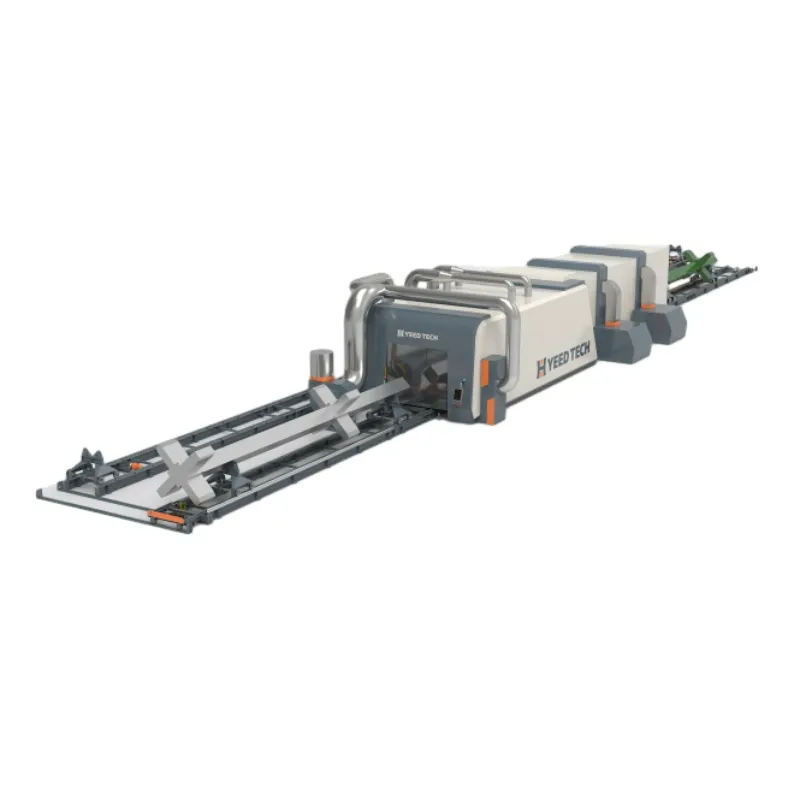
- Afrikaans
- Albanian
- Amharic
- Arabic
- Armenian
- Azerbaijani
- Basque
- Belarusian
- Bengali
- Bosnian
- Bulgarian
- Catalan
- Cebuano
- China
- China (Taiwan)
- Corsican
- Croatian
- Czech
- Danish
- Dutch
- English
- Esperanto
- Estonian
- Finnish
- French
- Frisian
- Galician
- Georgian
- German
- Greek
- Gujarati
- Haitian Creole
- hausa
- hawaiian
- Hebrew
- Hindi
- Miao
- Hungarian
- Icelandic
- igbo
- Indonesian
- irish
- Italian
- Japanese
- Javanese
- Kannada
- kazakh
- Khmer
- Rwandese
- Korean
- Kurdish
- Kyrgyz
- Lao
- Latin
- Latvian
- Lithuanian
- Luxembourgish
- Macedonian
- Malgashi
- Malay
- Malayalam
- Maltese
- Maori
- Marathi
- Mongolian
- Myanmar
- Nepali
- Norwegian
- Norwegian
- Occitan
- Pashto
- Persian
- Polish
- Portuguese
- Punjabi
- Romanian
- Russian
- Samoan
- Scottish Gaelic
- Serbian
- Sesotho
- Shona
- Sindhi
- Sinhala
- Slovak
- Slovenian
- Somali
- Spanish
- Sundanese
- Swahili
- Swedish
- Tagalog
- Tajik
- Tamil
- Tatar
- Telugu
- Thai
- Turkish
- Turkmen
- Ukrainian
- Urdu
- Uighur
- Uzbek
- Vietnamese
- Welsh
- Bantu
- Yiddish
- Yoruba
Effective Solutions for Welding Fume and Dust Collection Systems
Understanding Welding Fume and Dust Collectors Essential Equipment for Industrial Safety
In various manufacturing and construction industries, welding processes are essential for joining metal components. However, welding activities generate hazardous fumes and dust that pose serious health risks to workers if not properly managed. Welding fume and dust collectors are critical devices designed to capture these pollutants, ensuring a safer working environment and promoting compliance with occupational health and safety regulations.
The Importance of Welding Fume Management
Welding fume is comprised of a mixture of metallic oxides, silicates, and other harmful particulates produced during the welding process. These fumes can vary in composition, depending on the type of materials being welded and the welding method employed. Inhalation of welding fumes can lead to short-term health issues like respiratory irritation and headaches, as well as long-term conditions such as lung disease, neurological problems, and even cancer. Therefore, effective fume management is not just a regulatory requirement; it is vital for the well-being of workers.
How Welding Fume and Dust Collectors Work
Welding fume and dust collectors are engineered to capture airborne contaminants. These systems typically utilize a combination of filtration and airflow management techniques.
1. Capture Effective collection begins at the source. Local exhaust ventilation systems, such as portable fume extractors or capturing arms, are often employed to pull fumes directly from the welding zone. This minimizes the dispersion of harmful particles into the workplace air.
2. Filtration Once captured, the fumes and dust are passed through a series of filters. HEPA (High-Efficiency Particulate Air) filters are commonly used, as they can trap particles as small as 0.3 microns with an efficiency of 99.97%. Depending on the specific needs of the operation, additional filters for chemical fumes may also be employed.
3. Disposal or Recycling After filtration, the cleaned air is either returned to the workspace or expelled outside, depending on local regulations and safety protocols. Some advanced systems also allow for the recycling of collected materials, reducing waste and promoting sustainability.
Different Types of Welding Fume and Dust Collectors
welding fume dust collector

Welding fume collectors come in various designs, each tailored to specific industrial needs. Here are some common types
- Mobile or Portable Units These are versatile systems that can be moved around the worksite, making them ideal for projects that involve welding in various locations. They feature built-in fans and filtration systems.
- Wall-Mounted Collectors These fixed units are ideal for workshops with dedicated welding stations. They capture fumes from fixed workstations and are often more powerful than portable units.
- Centralized Systems Large industrial facilities might opt for a centralized fume extraction system, which uses ductwork to transport fumes from multiple welding stations to a central collector. This approach can effectively manage air quality across extensive manufacturing areas.
- Integrated Systems Some newer welding machines come with built-in fume extraction systems to provide immediate pollutant control right at the source.
Compliance and Regulation
Regulatory bodies such as the Occupational Safety and Health Administration (OSHA) in the United States have established permissible exposure limits (PELs) for various welding fumes. Compliance is mandatory, and employers are responsible for implementing control measures, including the installation of effective fume collectors. Regular monitoring of air quality and maintenance of the dust collection systems are critical components of a comprehensive safety program.
Conclusion
Welding fume and dust collectors are indispensable tools for ensuring worker safety in industries where welding is prevalent. By effectively capturing and filtering harmful pollutants, these systems not only protect the health of employees but also help companies comply with regulatory requirements. As industries continue to evolve, advancing technologies in fume extraction will likely lead to even more efficient and sustainable solutions, safeguarding the well-being of the workforce while enhancing productivity and operational efficiency. Investing in proper fume management systems is not merely a compliance issue; it is a commitment to the health and safety of everyone involved in the welding operations.
Products Categories
Latest News
-
Unmatched Mobility and Efficiency in Container Handling Equipment
NewsJun.26,2025 -
Streamlined Approaches and Equipment for Container Handling
NewsJun.26,2025 -
Revolutionizing Cargo Management: Solutions for ISO Container Handling
NewsJun.26,2025 -
Equipment Insights: Revolutionizing Container Handling Operations
NewsJun.26,2025 -
Critical Components for Efficient Shipping Container Handling
NewsJun.26,2025 -
Advanced Equipment and Systems for Efficient Container Storage and Handling
NewsJun.26,2025 -
Unrivaled Components in Structural Engineering Solutions
NewsMay.28,2025











